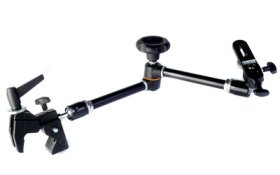Jim17x
Member
- Joined
- Aug 20, 2009
- Messages
- 309
- Format
- Multi Format
Until recently i have done very well with keeping dust off my negatives but now im losing the battle! Every time a print comes out and i see a spot i inspect the negative for dust, blow it off and start printing again. This is getting tiring and im wasting paper and time. I have never spotted a print before and was wondering what was the best way? I noticed that B&H has a pen spotting kit for sale and was wondering if anyone has tried this kit and if so, were the results good?
http://www.bhphotovideo.com/c/product/92544-REG/Spot_Pen_SOSP10K_SpotPen_Retouching_Pen_Set.html
http://www.bhphotovideo.com/c/product/92544-REG/Spot_Pen_SOSP10K_SpotPen_Retouching_Pen_Set.html













